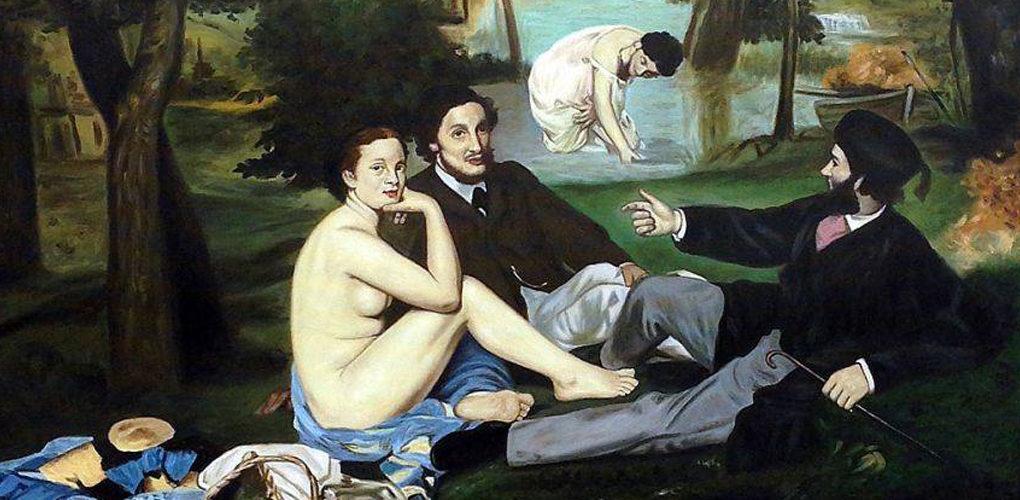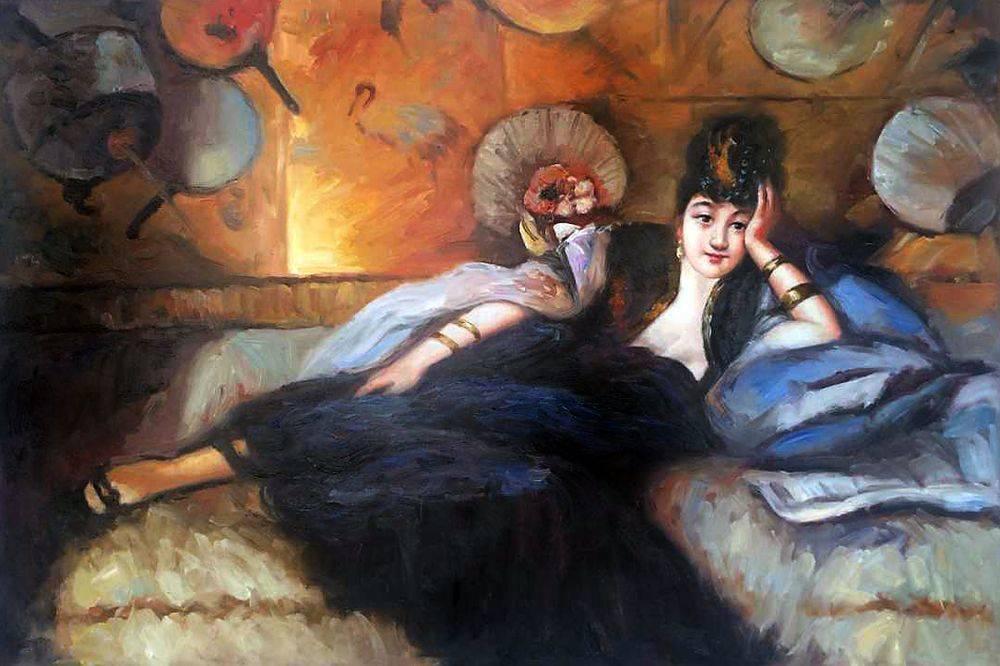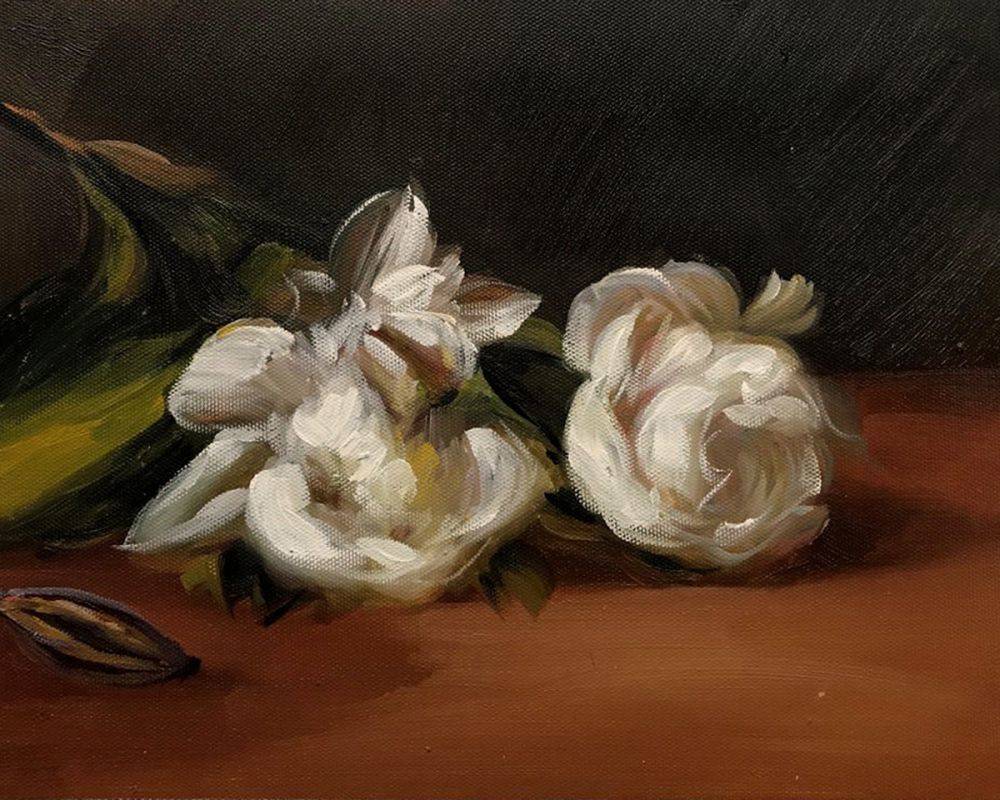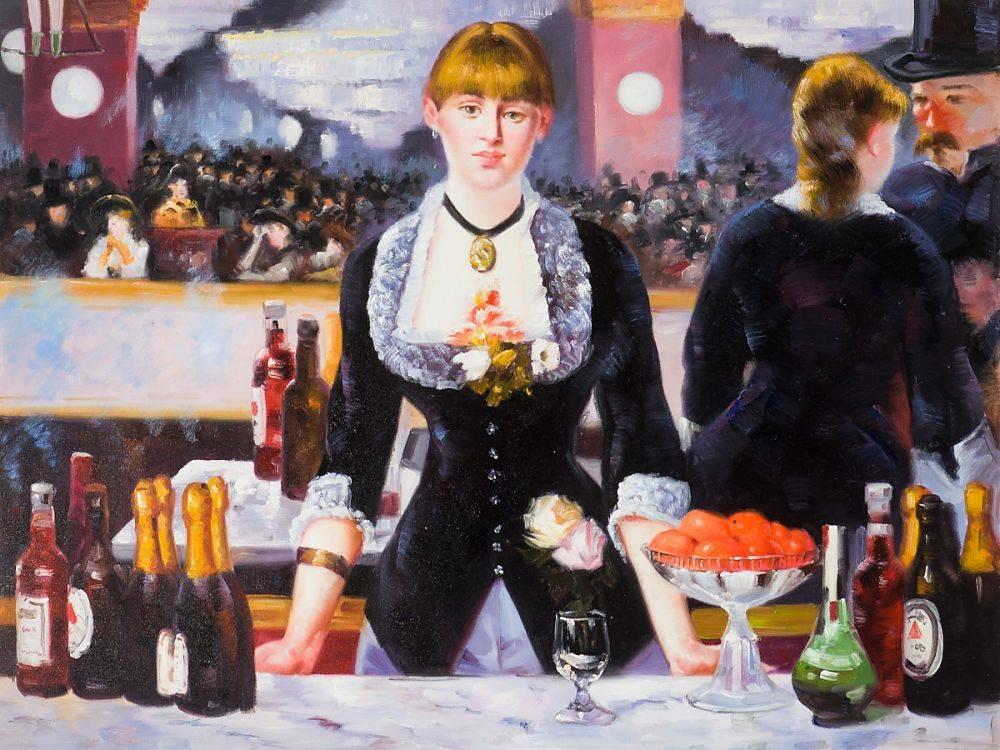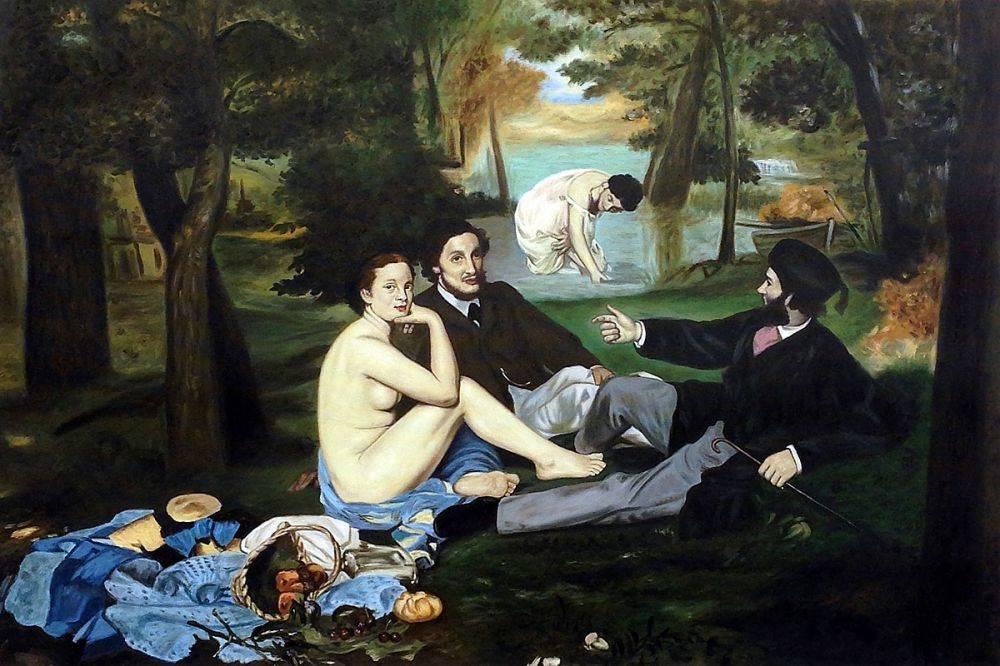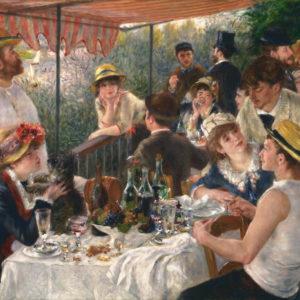Art
Art History
overstockArt.com
Edouard Manet and the Paris Salon
Edouard Manet was born to an upper class household and was expected to pursue a law career, but instead he chose to become an artist. He is considered to be one of the biggest influences to the impressionist movement and was a widely accomplished painter during his life. The subjects of his paintings were often realistic characters, including strangers in common settings and those of the lower class. His innovative style was often admired and studied by other artists at the time, but was often considered risqué as well.
During this period the most accomplished artists had their work hanging in the Paris Salon. Early in his career, Manet managed to gain that kind of prestige and presented many pieces there. His unusual technique made those paintings stand out as a contrast to the more traditional art surrounding it. One of the first pieces he got approved by the Salon was the Spanish Singer and after that critics began to take notice. Later he would also display many of his best known works there with much success.
Not all of his work met with approval at the Salon. Some of his more controversial paintings, ones that often depicted nude women in social setting, were rejected by them. One of his most infamous works, The Luncheon on the Grass, was rejected by the Salon in 1863. Critics were confused with the presence of a nude woman in an outdoor setting with fully clothed men. Many thought it was a commentary on politics and perhaps prostitution.
So many works were being rejected that year, that Emperor Napoleon III opened the Salon de Rufuse as a place for artists to showcase their work when the Salon wouldn’t. Manet found a home for his more provocative work there. He still continued to pursue acceptance in the Paris Salon and would continue to hang pieces there when he could, but he was not opposed to alternatives if they refused him.
In 1865 Manet painted one of his most acclaimed pieces, Olympia, which also depicted a nude woman and it was approved by the Salon. The choice of subject and the forthright way he presented her made this one of his most scandalous works as well. Gaining support from both the artistic community as well as the general audience, Olympia was a great success for Manet’s career and for the Salon.
Even towards the end of his career, Manet strove to earn the esteem of the Salon. His last large work of art, A Bar at the Folies-Bergere, was accepted into the salon in 1882. The Paris Salon had always been the home that Manet wanted for his work and he was happy that they were such a large contributor to his career.
